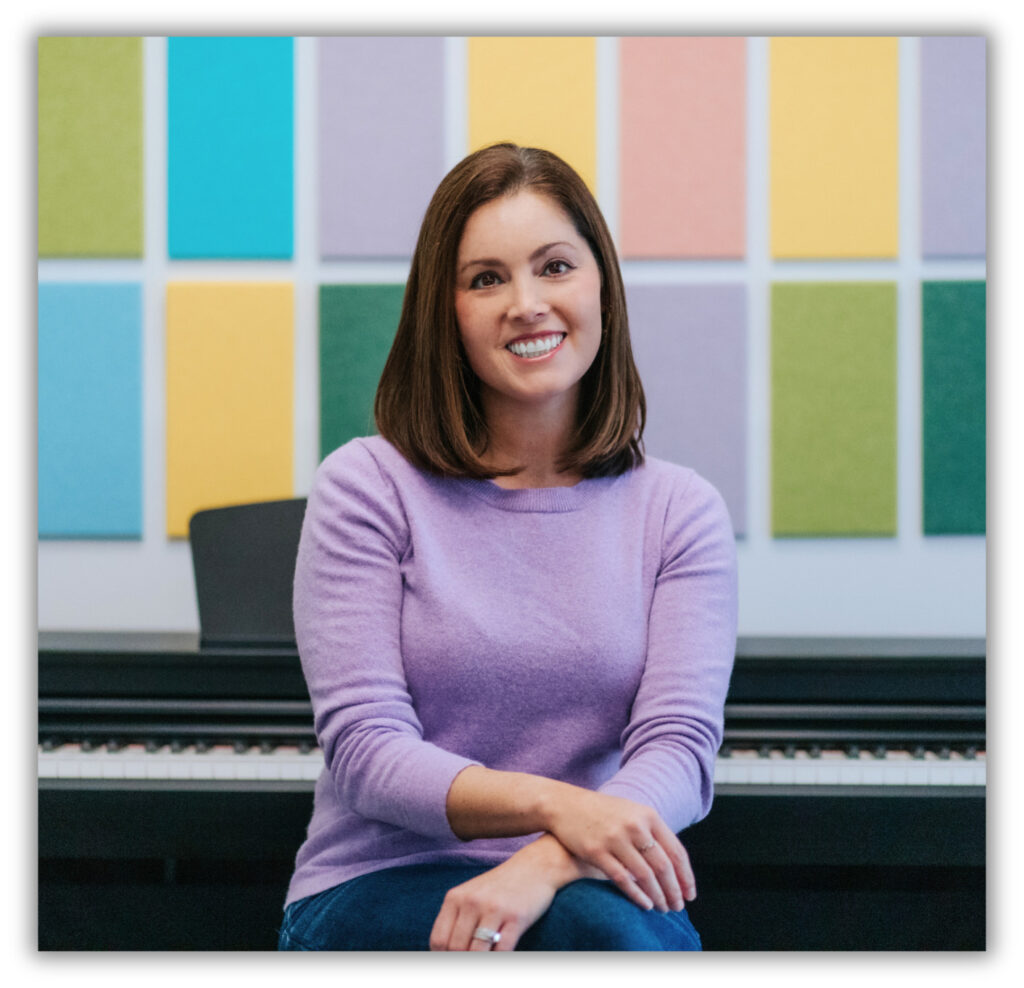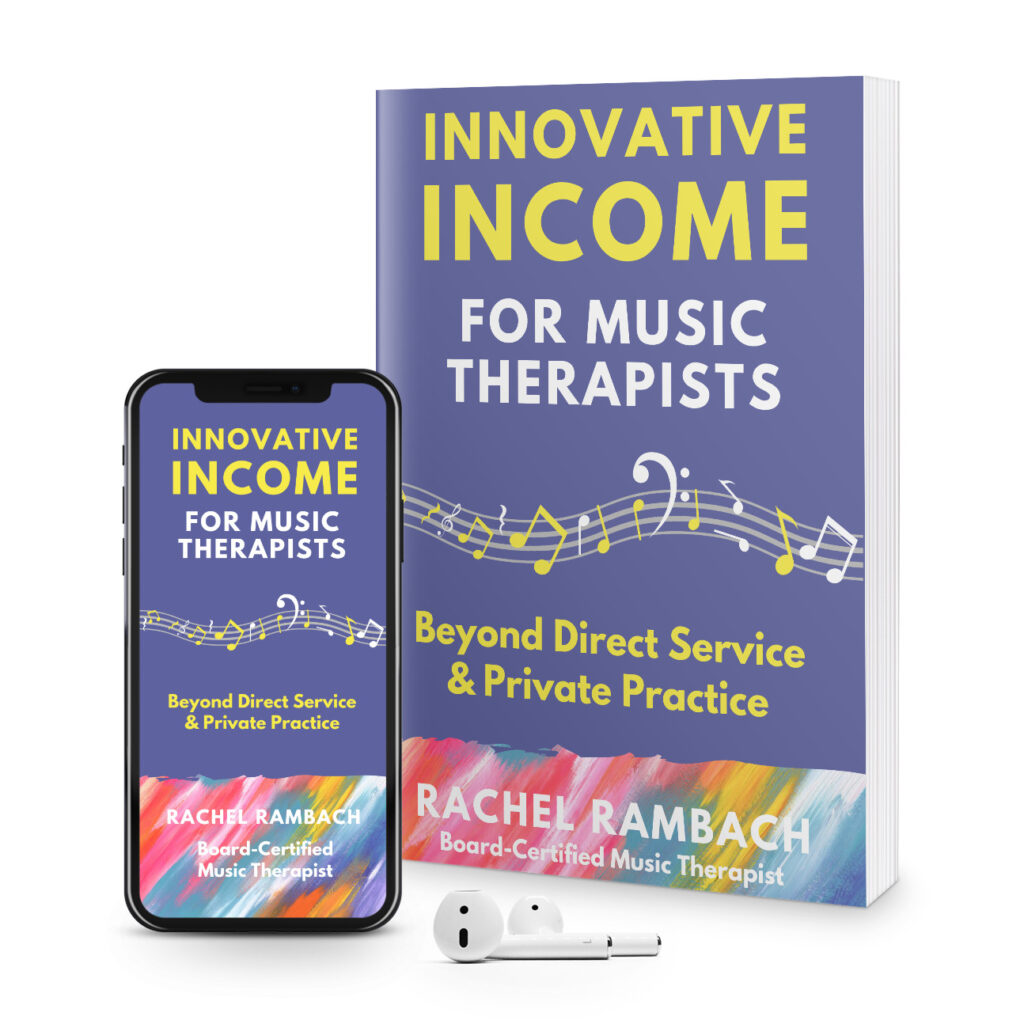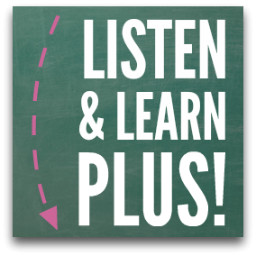by Rachel | Resources & Tips

It’s not often that I’m listed in the same sentence as Laurie Berkner, Dan Zanes, Charity Kahn, Music Together, and many other household names in the field of children’s music and education. So I’m taking this opportunity to shout from the rooftops about this free speaker series, for which that IS the case.
I’m assuming that since you’re reading this, you understand the importance of music, and that learning and music go hand in hand. It is also known that the biggest predictor of longterm life success and happiness is not “IQ” but actually “EQ” — emotional intelligence. So what does music have to do with emotional intelligence?
(more…)
by Rachel | Listen & Learn Music
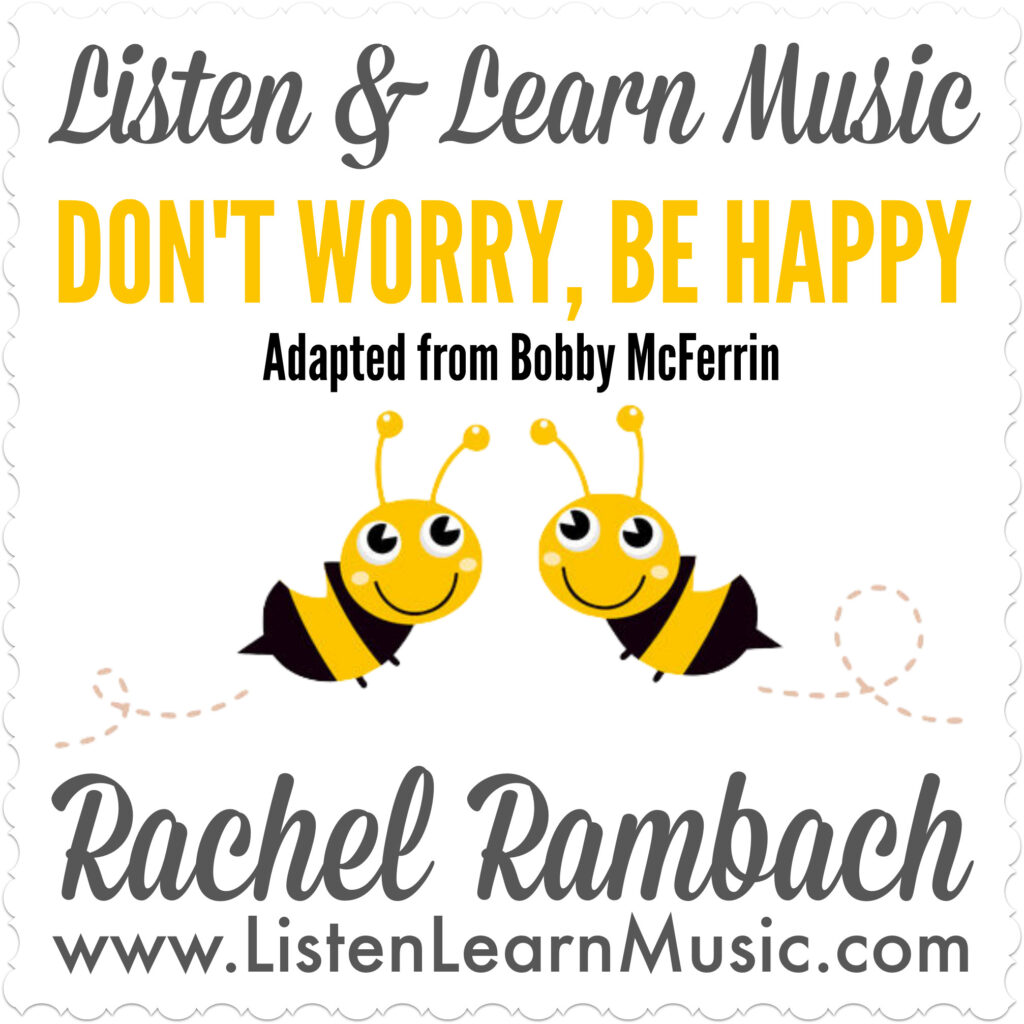
I’m a worrier by nature; always have been, always will be. So when I sang along to Bobby McFerrin’s original version of this song growing up, I’m pretty sure I was trying to convince myself to heed his advice.
I love everything about this song: the lyrics, the laid-back stye, the harmonies, and especially the way it makes me feel when I listen and sing along. Turns out it’s a crowd pleaser in just about every setting I’ve used it, including my early childhood classes, performances, and music therapy sessions.
(more…)
by Rachel | Listen & Learn Music
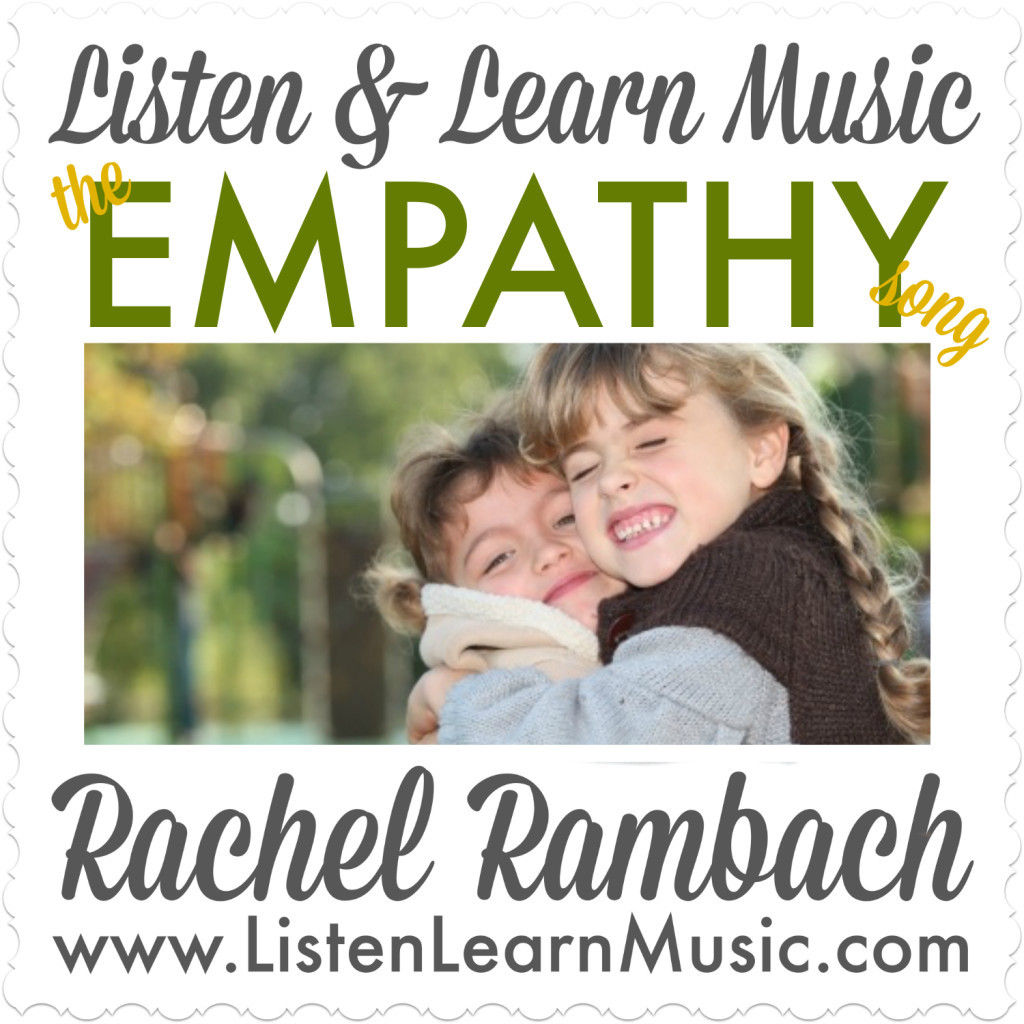
A few months ago, my wonderful teacher friend Rene came to me with an idea for a song. She uses music quite a bit in her classroom, and wanted to do so in teaching and reinforcing the concept of empathy.
I tried to put the definition and description of empathy into words (that rhyme, no less) as best as I could, and I think the song paints a good picture of what empathy looks like for a kiddo who is just learning.
However, I think you’ll agree with me that empathy is something that needs to be experienced to fully understand it. I hope that my song provides a bridge to putting empathy into practice.
Do you have other musical tools you use for teaching concepts like empathy? I would love to explore this further, perhaps in a group setting where social skills are targeted. Yet another idea to add to my ever-growing list…
P.S. Did you know that you can gain instant access to a vast collection of over 200 songs (mp3, lead sheet, and instrumental track), videos, tutorials, and visual aides, plus ALL new releases from Listen & Learn Music?
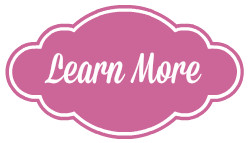
by Rachel | Listen & Learn Music
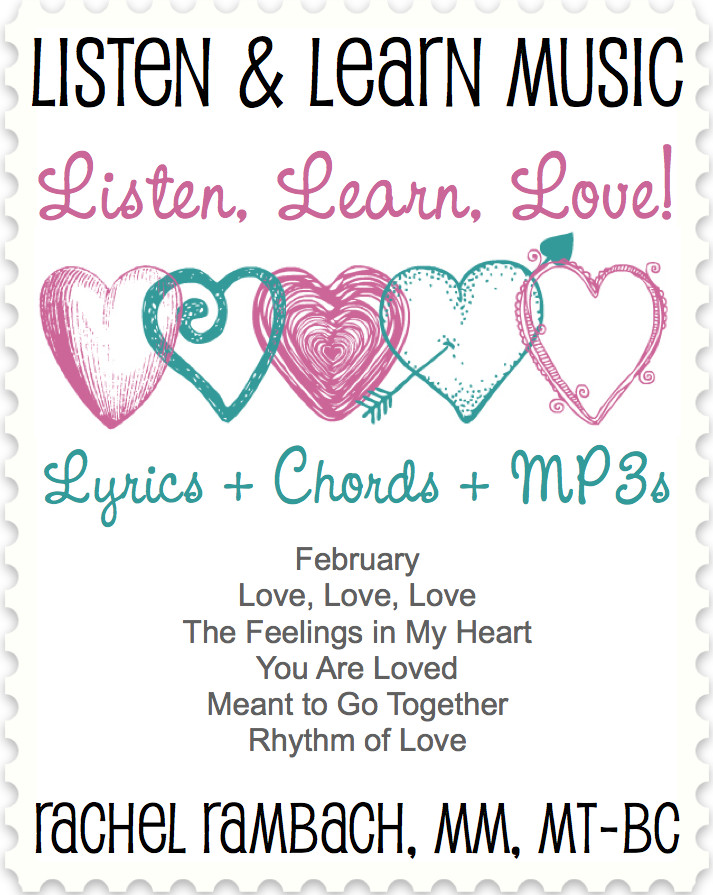
Here’s the truth: February is not my favorite month of the year. It’s bitterly cold, and my stress levels are higher than usual since our local National Federation of Music Clubs Junior Festival takes place over two weekends later in the month.
But February does have its redeeming qualities. For one, it’s short. And two, there’s Valentine’s Day. And while I don’t get too over the top excited about this particular “holiday”, I do like that it gives me an excuse to write and sing songs about L-O-V-E.
This year, instead of complaining about February, I’m choosing to celebrate it. So I compiled some of the songs I’ll be using the most this month, wrapped them in a pretty little package, and called it Listen, Learn, Love!
This 6-song collection features not only the recordings for each song, but also a PDF download with lyrics and chords. Five of the songs are originals I’ve written, and one is an adaptation of a pop song that I use frequently with my kiddos.
Give your month repertoire a boost with Listen, Learn, Love! — at $5 for this package deal, what’s there not to L-O-V-E? Happy February!
by Rachel | Uncategorized
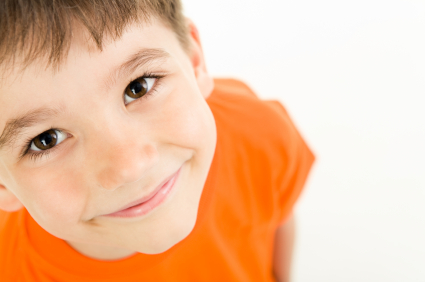
Lots of kiddos with autism, including many of my past and present clients, have a hard time expressing how they are feeling both physically and emotionally. Some are non-verbal, while others don’t have the language to adequately explain their feelings. As we know, this can leave them feeling frustrated and even more upset, especially if they need help or are feeling bad.
One of my clients was struggling with this issue, so her mom came up with the idea to compose short, simple songs based on familiar melodies for her range of feelings. The hope was that when my client was feeling a particular way, she could express herself through song rather than words.
The approach to making these songs effective communicative tools involved first introducing them to my client, singing them again and again so she became familiar with them (she picks up songs very quickly). Then, when her behavior obviously reflected a particular feeling or emotion, her family members and teachers would begin singing the corresponding song and prompt my client to sing along.
She has already made some great progress expressing herself through these songs, and hopefully they are useful to others out there. Have you used a similar technique for helping non- or less verbal kiddos express how they are feeling?







